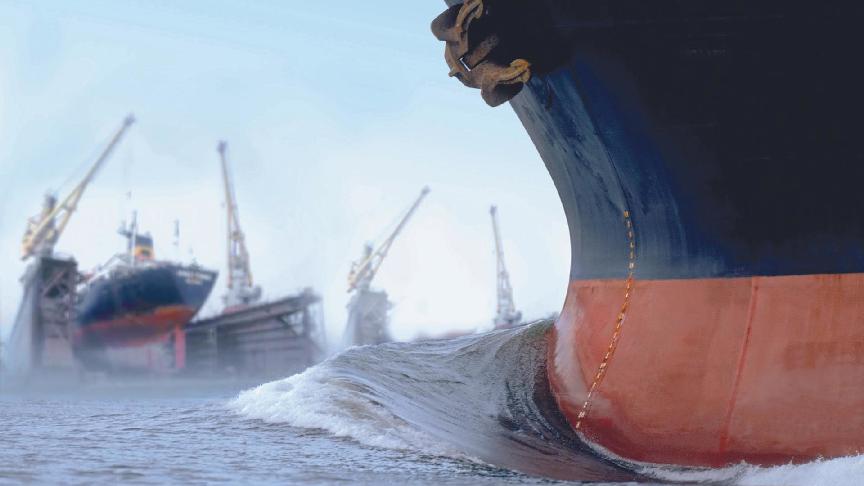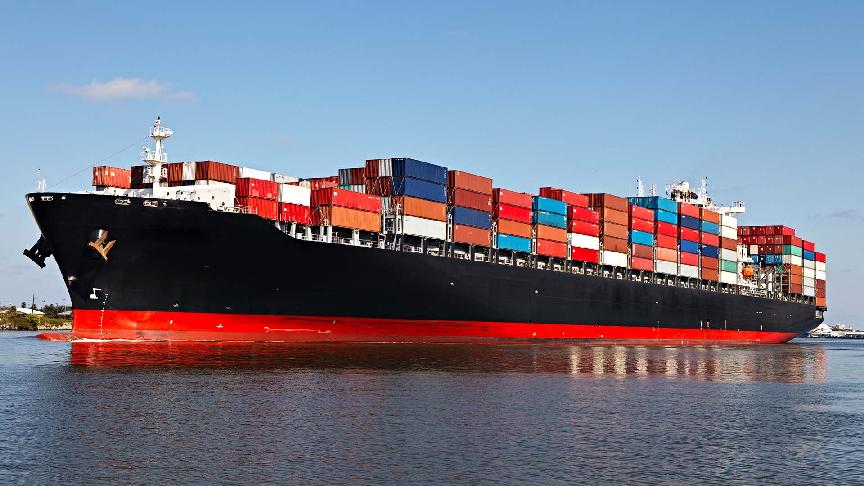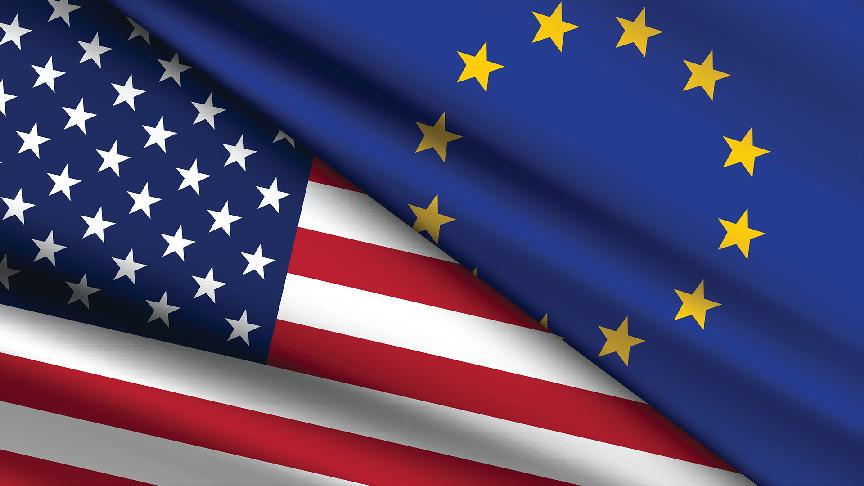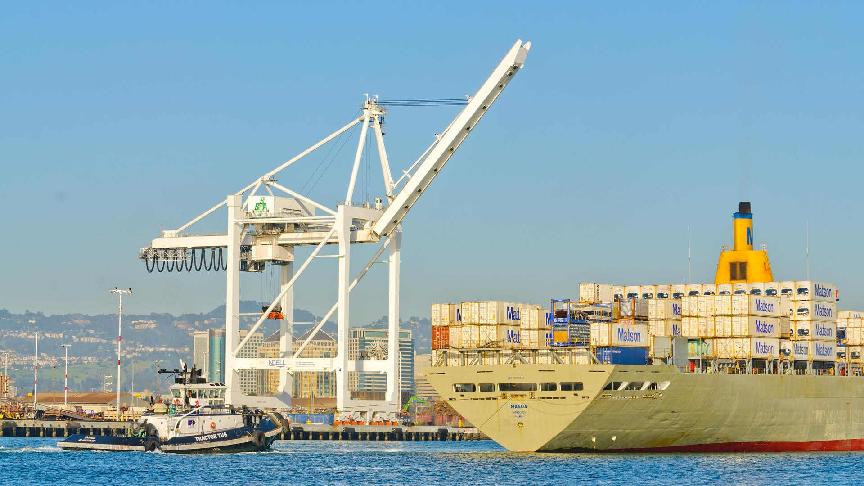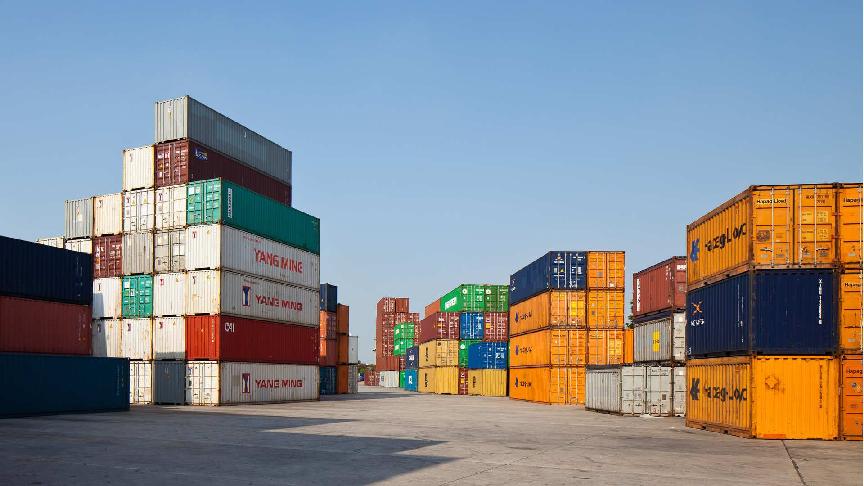The Panama Canal is an impressive feat of engineering: it links 1,920 ports thanks to 180 routes worldwide, facilitating a total of 14,080 transit in 2023. This enormous transit volume makes the Panama Canal fundamental to maintaining global commerce and the exchange between the two oceans.
That's why the 82-kilometer facility is one of the most important for global trade, and its construction boasts a fascinating history.

A colossal undertaking fraught with failure
Colombian President Simon Bolivar was the first to propose building a canal across Panama. In 1829, he commissioned British engineer John Lloyd to verify the feasibility of the project.
After several attempts by South American nations and the United States during the 19th century (interrupted due to the Civil War), the French tried to build the channel twice.
The first attempt, from 1876 to 1889, was led by the “Civil Society for Interoceanic Channel.” From 1880 to 1885, Ferdinand de Lesseps (the same engineer behind the Suez Canal) directed the excavations. After four years of work, the project's errors were corrected, and the excavations continued under new management.
In the second half of the 1880s, Gustave Eiffel, a civil engineer renowned for building the Eiffel Tower, directed the construction of the locks. Sadly, a combination of tropical diseases and challenging climatic conditions ended the ambitious project after 20,000 deaths.
Subsequently, the “New Society of Panama Canal” (also French) made another attempt from 1894 to 1899, which also failed.
Just two years later, the United States initiated efforts to build the facility under the leadership of Theodore Roosevelt (who assumed office a few months after the assassination of his predecessor, William McKinley).
A preliminary agreement between the Secretary of State John Hay and the British Ambassador Sir Julian Pauncefote abrogated the 1850 “Clayton-Bowler Treaty” that established the neutral status of the Panama area. The new agreement allowed the US to build and manage its own canal in Panama, which was then part of Colombia.
After a favourable vote of the US Senate, on 16 June 1902, Secretary of State John Hay signed a Treaty with its Colombian counterpart Tomas Herran for building the new facility. Unfortunately, it was rejected by the Colombian parliament.
The negotiations, temporarily suspended, resumed in the following year after the Panama Declaration of Independence on 3 November 1903 and the nomination of French engineer Philippe Bunau-Vanilla as representative for negotiations.
After a few months, Panama and the United States signed a treaty for renting a 10-mile-wide stripe of land for the construction of the facility in exchange for a $10 million payment, a $250,000 annual annuity and the guarantee of Washington to Panama’s independence.
The Canal was finally built by military engineers under the direction of Colonel George Washington Ghoetals from 1907 to 1914. The United States maintained sovereignty over the Panama Canal until 2000 when it was returned to Panamanian control.

United State's historical interest in the Canal
The United States' main interest in controlling the Canal was evident in the relations between Washington and the Panama locals throughout the 20th Century. Washington sought to maintain a presence in the area to ensure the Canal’s neutrality. Panama maintained friendly relationships with the United States during this period, except for a brief period in 1964.
In 1977, a number of treaties called “Carter-Torrijos” occurred between Panama and the US, establishing the Canal's neutral status. Years later, in 1999, Panama's sovereign authority over the Canal should have been established.
However, with Manuel Noriega’s rise to power, and despite never actually serving as president but as a de facto ruler of Panama from 1983 to 1989, relations between Panama and the US deteriorated. Initially aligned with Washington’s positions, Noriega posed a threat to the neutrality of the Canal and, on 15 December 1989, declared war on the United States.
To safeguard their interest in the zone, 5 days later, the United States deployed the greatest number of troops since the end of the Vietnam War. The entirety of Panama was invaded and occupied in just 5 days in an operation called “Just Cause”.
This series of events serves as a clear example of the fact that, after 1914, the US didn’t extinguish its interest in the area; on the contrary, it maintained a presence to vigilante the neutral status of the Canal for nearly a century.
The Panama Canal today
The Panama Canal is of immense economic importance. Its historical significance cannot be overstated.
For the entire 20th century, this small US enclave in Latin America served as a vital passageway connecting two oceans and countless countries, becoming a fundamental route for merchant ships worldwide.
Today, the canal faces a new challenge: the lack of water. A record dry season in 2023 restricted the number of daily transits to almost half, significantly impacting global trade.
As a solution, the Panama Canal Authority announced that it would build a new system of canals to draw water from the Gatun Lake, to increase the number of daily passages.
While the Panama Canal Authority is optimistic about the upcoming summer season, the locks are heavily dependent on good rainfall to keep trade moving.




